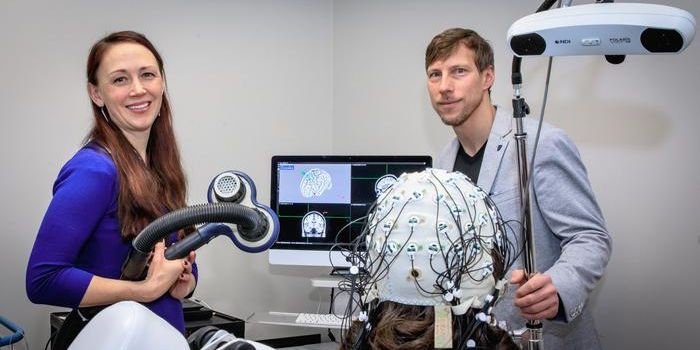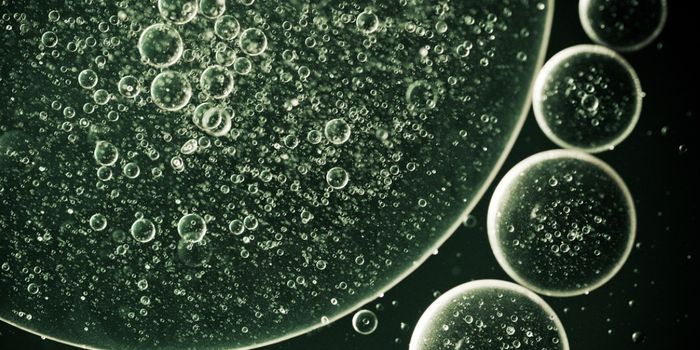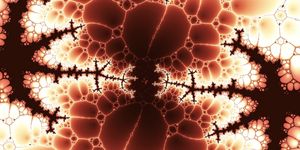Gene Variants Affecting an Ion Channel Alter Parkinson's Disease Risk
Many different variants and mutations have been associated with disease, but researchers don't always know how those genetic errors cause disease. Parkinson's is one disorder for which there are many genetic associations with unknown effects. Researchers have now found two genetic variations that affect a person's risk of developing the neurodegenerative disorder; one reduces the risk of Parkison's disease in carriers, while the other raises the risk and causes more severe cases. The findings have been reported in Nature.
The genetic variant that increases the risk and severity of Parkinson's is carried by about seventeen percent of people and it leads to dysfunction in an ion channel found in lysosomes, cellular organelles that are involved in waste recycling and disposal. The other variant reduces the risk of Parkinson's by about twenty percent, and is carried by around seven percent of people. It also acts through the same ion channel, but this variant enhances the channel's function.
"We started with the basic biology, wanting to understand how these lysosomal channels are controlled," said the study leader, Dejian Ren, a Professor in the University of Pennsylvania's Department of Biology. "But here we found this clear connection with Parkinson's disease. To see that you can have a variation in an ion channel gene that can change the odds of developing Parkinson's both ways -- increasing and decreasing it -- is highly novel."
This work may also help create therapeutics for Parkinson's that target this ion channel.
While the importance of ion channels has been recognized for a long time, most work has focused on the ones that sit in cell membranes, and not the membranes of cellular organelles. Ren's lab has been able to develop techniques that allow them to see the channels in these tiny structures and measure the ion currents moving through them.
Ren's group identified a potassium channel called TMEM175 about five years ago. Other researchers linked variations in the TMEM175 gene to the risk of Parkinson's around the same time.
"One variation is associated with a 20 to 25 percent increase in the odds of getting Parkinson's in the general population," Ren said. "And if you look only at people who have been diagnosed with Parkinson's, the frequency of that variation is even higher."
The Ren lab began collaborating with Penn physician-scientist Alice Chen-Plotkin, who works with Parkinson's patients. The research team learned that one patient with rapid degeneration in motor and cognitive abilities also carried a TMEM175 variant.
They modeled this variant in cells and in mice and found that TMEM175 is activated by growth factor molecules like insulin. They also learned that an enzyme called AKT could open the channel, but strangely, without phosphorylating it, as AKT typically does.
"The textbook definition of a kinase is that it phosphorylates proteins," Ren explained. "To find this kinase acting without doing that was very surprising."
In mice that carried the TMEM175 variant that raises Parkinson's disease risk, the potassium current in the ion channel went down by about 50 percent. When growth factors were also absent, there was no current in the channel at all. In mice that carried the risk-reducing mutation, the ion channel remained active when growth factors were gone, even longer than the same channels in normal mice.
"This tells you this mutation is somehow helping the mice resist the effects of nutrient depletion," noted Ren.
When neurons were engineered to carry the TMEM175 mutation, the researchers saw that they became more susceptible to toxins and inadequate nutrients.
"If the same is true in human neurons, that means 17 percent of the population carries a variation that may make their neurons more damaged when subjected to stressors," said Ren.
This work can provide significant insight into the mechanisms underlying Parkinson's disease. The researchers also want to know more about the effects of these genetic variants and how they interact with other mutations.
Sources: AAAS/Eurekalert! via University of Pennsylvania, Nature









